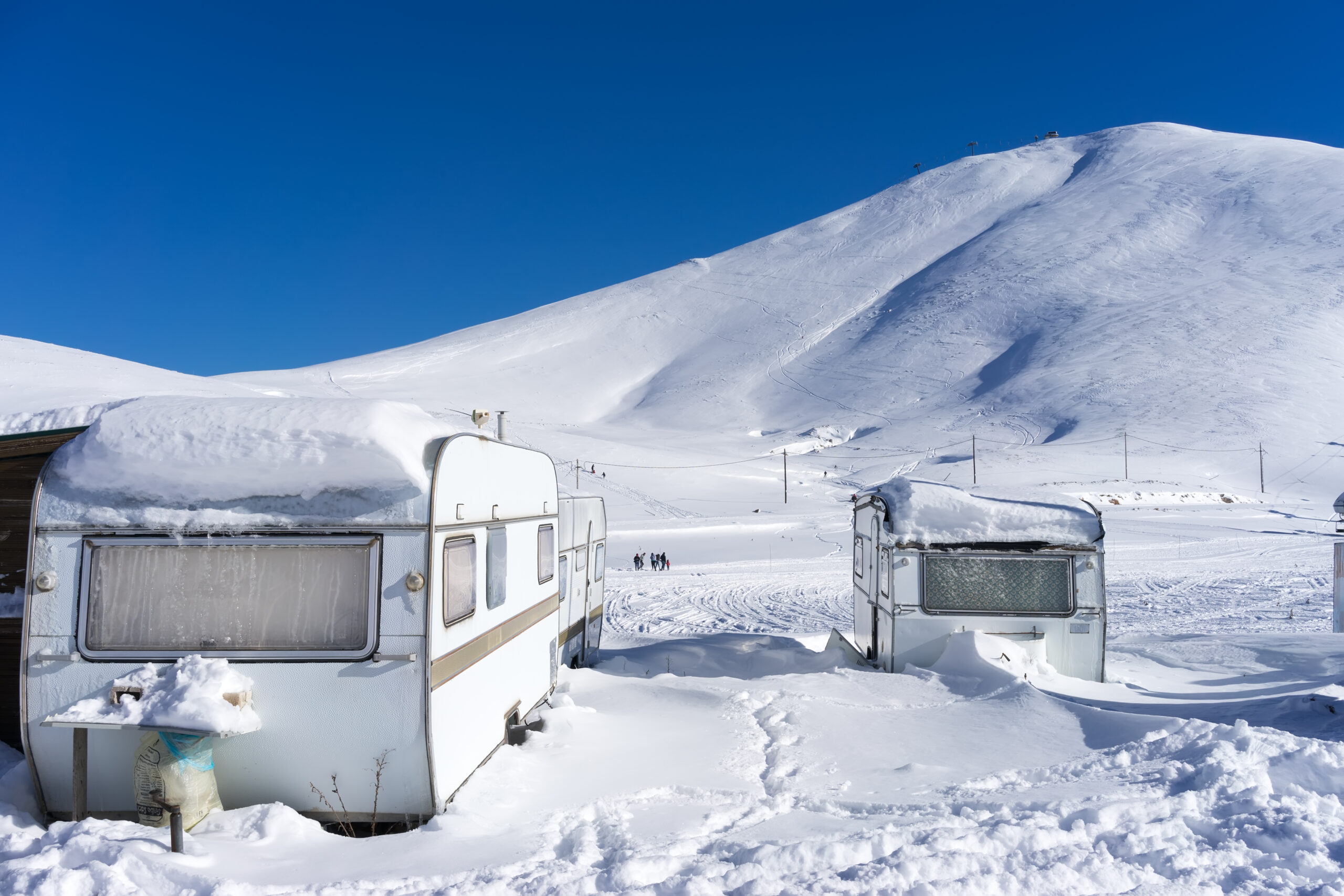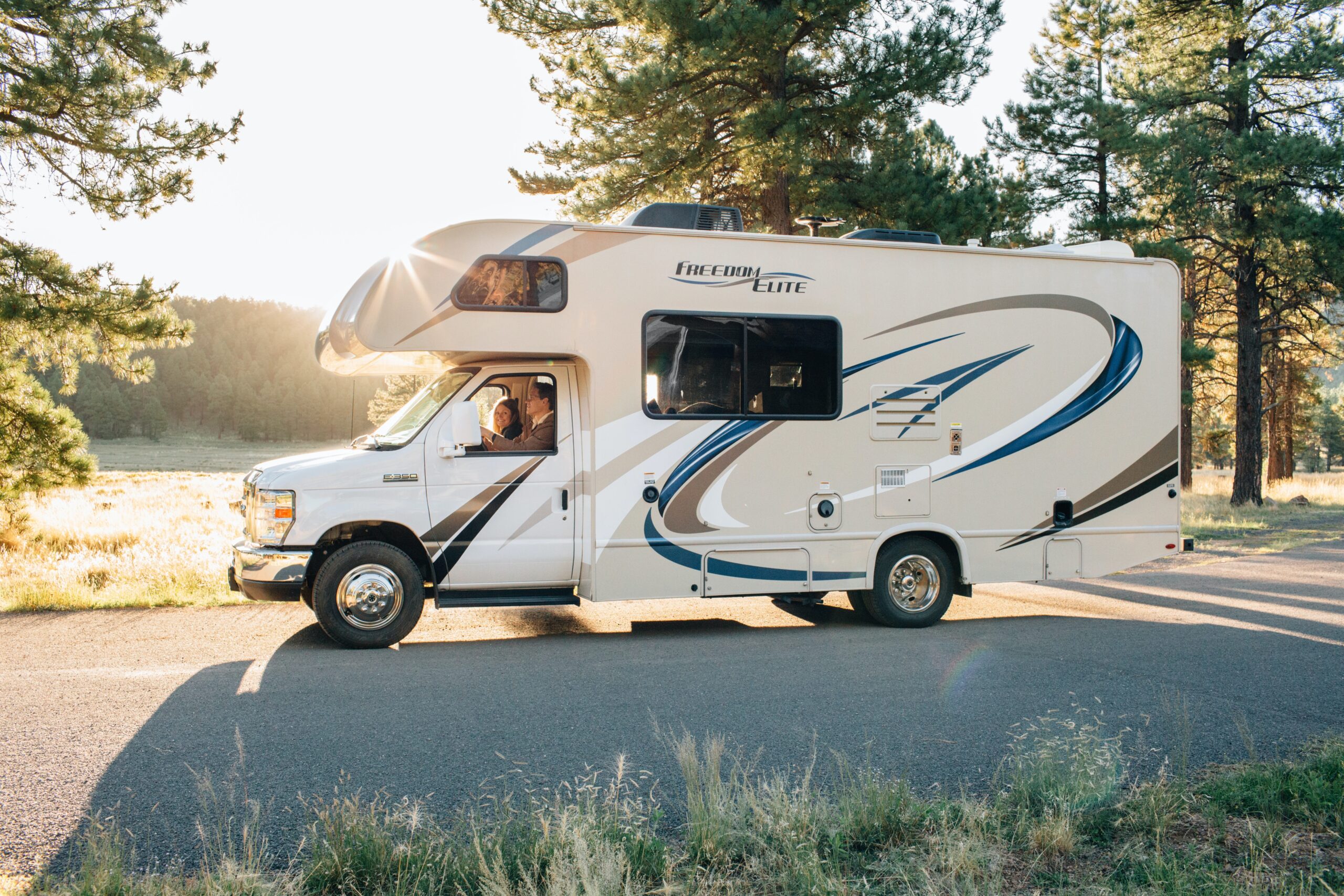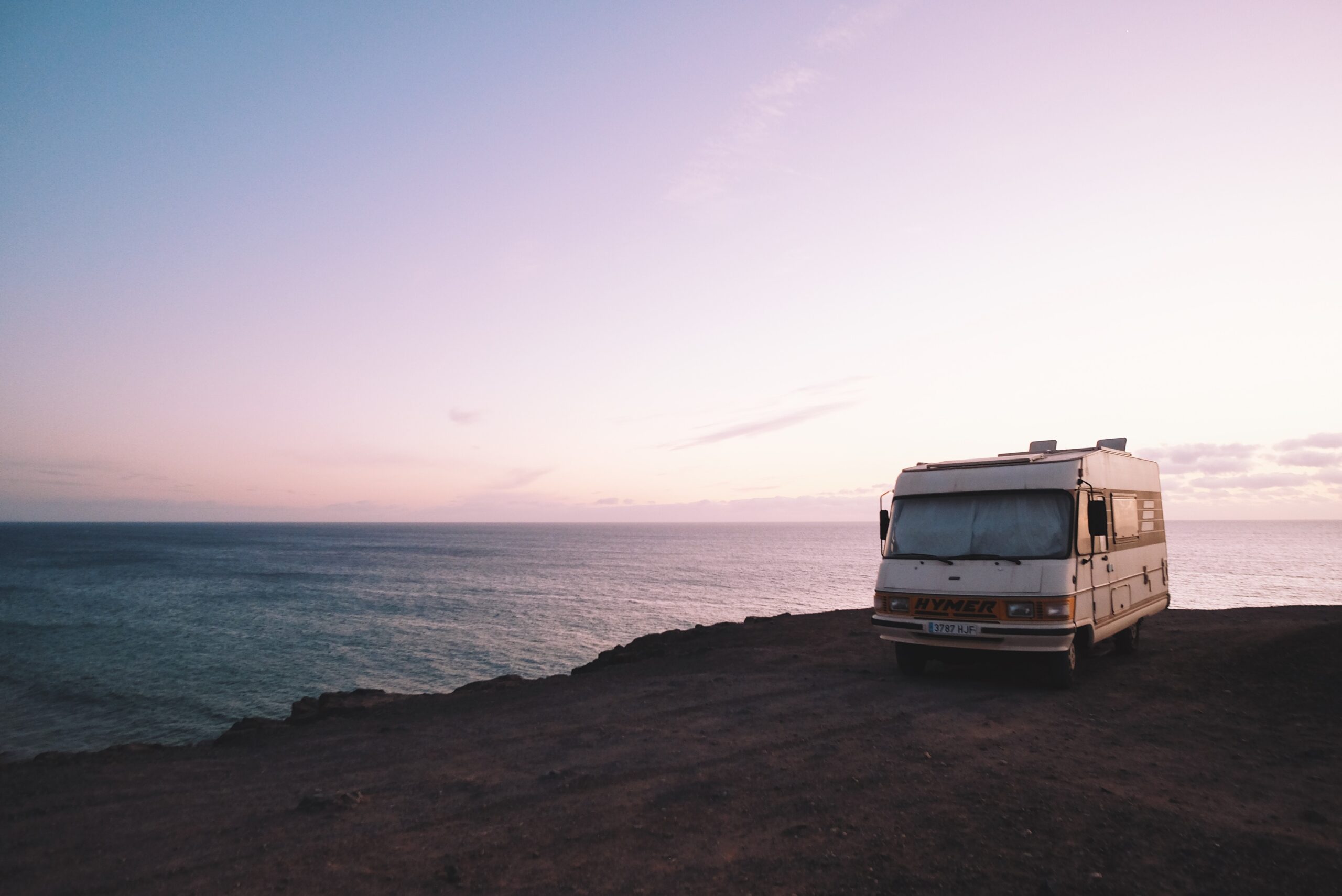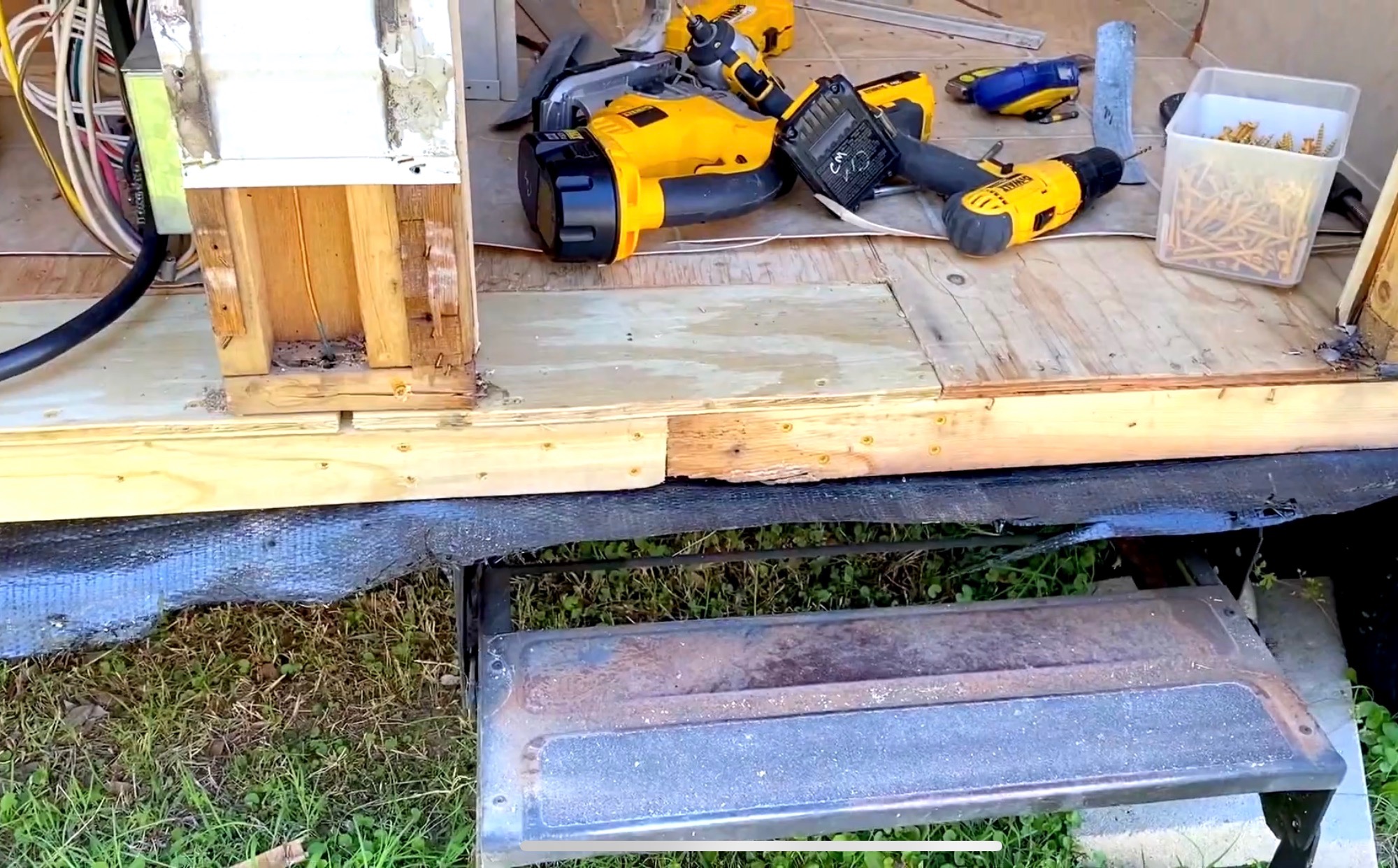You should not shovel your RV roof because you risk damaging the rig’s roof more than the snow is affecting it. That said, heavy snow can damage your RV’s roof and even cause ice dams, so you should brush off the snow after every few inches of build-up.
The rest of this article will explain how you should handle snowfall as an RV owner, why shoveling is dangerous, when you need to shovel the RV’s roof, and what you should do to ensure the roof’s safety when you shovel.
You will also learn about what snowfall amount should have you concerned and what ice dams are.
Reasons Not to Shovel Your RV Roof
It is our natural instinct to grab a shovel and remove heaps of snow, thanks to habit. However, when it comes to RV roofs, the area cannot be treated as a driveway ground. Below are three reasons why you should not shovel your RV roof.
- The damage caused by shoveling is often worse. One of the biggest problems with heavy snow is that it can dent the RV’s floor. It usually takes over 12 inches (30.5 cm) of snow before the weight can start impacting the vehicle’s roof. However, there is no way to shovel 12 inches (30.5 cm) or less without constantly scraping the roof and denting it worse.
- Your personal safety is at stake. While you could purchase a plastic shovel and reduce the impact of scraping, standing on a rubber roof that has snow on it is not a good idea. Many RV owners try to start the RV to heat off the snow above. This creates a layer of ice under the snow that can cause you to slip. Whether it is due to ice under the snow or the wet roof underneath, standing atop your vehicle is a serious risk.
How to Get Snow off Your RV Roof
Chances are, you are cautious of shoveling snow off your RV’s roof because of the possibility that the shovel can damage your vehicle’s roof. But snow can damage the RV’s roof, so you cannot let it just pile over the vehicle’s roof.
To get the snow off your RV’s roof, stand on a ladder at the roof’s level, use a rubber rake and lightly brush off snow layer by layer. Do not stand on the vehicle as you may slip, and avoid trying to brush off too much because you don’t have a lot of leverage on the ladder.
When to Shovel Your RV Roof

In the instance that your area is receiving too much snowfall, it is not practical to scrape off the snow after every few inches because the snowfall is constant.
If that happens, it is advisable to schedule an appointment with the snow removal specialist. But in the absence of one in your area, you have to resort to shoveling your RV’s roof.
Precautions to Take When Shoveling Snow off Your RV Roof
If you have tried all the options and neither a rubber rake, not a professional snow removal specialist can help the situation, keep the following precautions in mind as you shovel snow off the vehicle’s roof.
Stand on a Ladder Instead of the Roof
As mentioned above, snow can make the roof surface slippery. It is possible for the lowest layer of the snow to have melted and refrozen into ice. You can slip when standing on the RV’s floor.
It is also possible that your weight added to that of the snow can break the roof. Stand on the ladder at the level where you have the right leverage to shovel.
Do Not Shovel Downwards
When you are shoveling your driveway, it is possible to have the shovel facing downwards, albeit at a slope, to carry as much snow as you can per shovel. This can often lead to hitting the driveway ground, which is pretty resilient, unlike RV’s roof.
When you are shoveling your RV roof, try to keep the shovel as parallel to the vehicle’s roof as possible so you can reduce the chances of hitting the roof. Of course, you will still need some slope but avoid the possibility of hitting the roof.
Shovel Only Until the Rake Can Get the Job Done
As mentioned earlier, a rubber rake is the best tool for removing ice from your vehicle’s roof. If the amount of snow has warranted a shovel, do not shovel all the way down to the roof’s surface.
When only a few inches remain, simply resort to a rake and remove the rest of the snow. However, if the lowest layers have hardened or turned to ice, you have the possibility of an ice dam at hand.
How Much Snow Can an RV Roof Take?

When there is a huge amount of snow on the vehicle’s roof, it is futile to use a rake. While roof shoveling is warranted here, you could be the last bit of weight that breaks your RV’s roof, so it is worth knowing how much snow the roof can hold.
An RV’s roof can take up to a maximum of 280 lbs (127 kg) of weight and ordinary snow weighs 0.3 lbs per inch (for one square foot). An average of 200 square feet RV roof would, therefore, hold 4.5 inches (11.4 cm) of snow (60 lbs per inch) before breaking under the weight.
What Is an Ice Dam?
Snow can turn to ice around the edges of your vehicle’s roof. When the snow melts before the ice at the edges, it does not have a way to roll off the RV because of a border of frozen ice. The consequent standing water causes water damage to the vehicle’s room.
An ice dam happens almost always when the lowest layers of snow have melted because of the weight of snow over it or the warmth of the surface underneath.
Because ice dams form around the roof’s edges, it is hard to shovel or scrape them away. In the instance that your RV risks having an ice dam over it, it’s advisable to look for a snow removal specialist. They usually have solutions for ice dams.
How to Remove an Ice Dam
Not all areas have access to snow removal specialists. If you are in such a place and would like to remove the ice dams on your RV’s roof by yourself, use the following methods, albeit at your own risk.
- Purchase calcium chloride snow melt products from your local store.
- Place it in a stocking and place the stocking over the hardened ice.
- Let the product slowly melt the ice around the edges.
- You can also use this method to remove the sheet of hardened ice on the RV’s roof.
If you are using the method above, make sure to consider the following when melting ice with calcium chloride:
- Calcium chloride is not the same as sodium chloride. Using plain salt to melt the ice will damage your vehicle’s roof.
- Beware that the calcium chloride water (a result of the molten snow) is harmful to plants and shrubbery.
Final Thoughts
It is advisable to scrape off snow after every two inches of snowfall so you can avoid ice dams and weight damage to your vehicle. If hit by a snowstorm, chances are, you are going to have a hard time scraping snow with a rubber scraper.
In that case, you can shovel the roof as long as you are not standing on the roof and are keeping your shovel as parallel to the surface as possible to avoid denting.
Finally, make sure to remove the last layer of the ice/snow with calcium chloride or scraper, so you don’t have to shovel all the way through.






